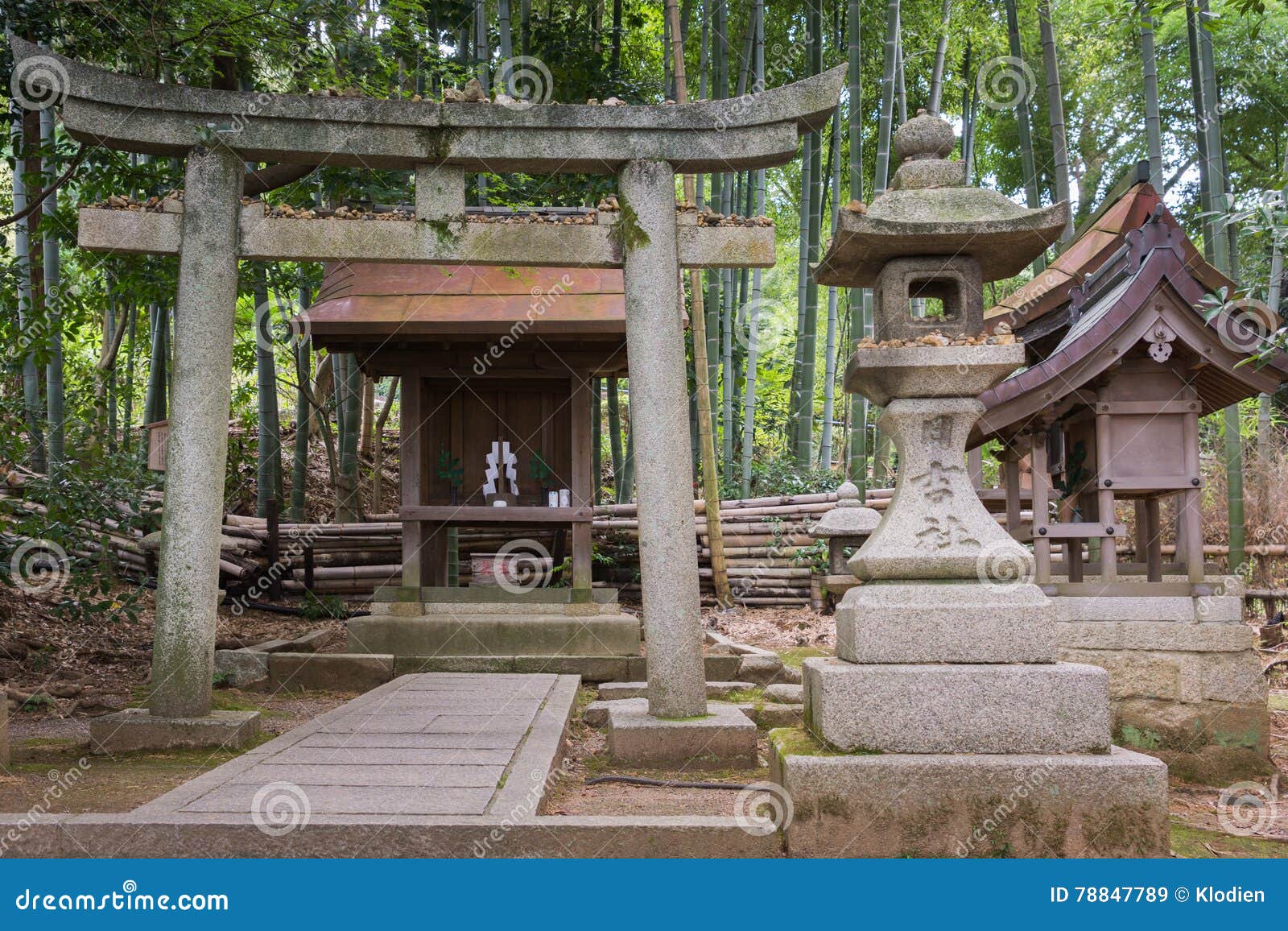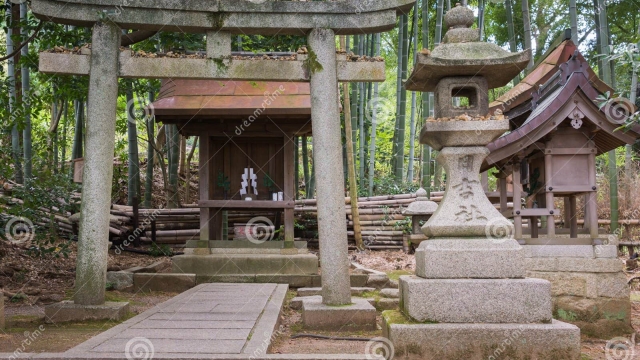
In the heart of Japan, where tradition intertwines with nature, the whispers of the kami resonate in the tranquil spaces of Shinto shrines. These sacred sites are not merely architectural wonders; they embody centuries of cultural heritage, reverence, and a profound connection to the divine. Traveling through the archways of these shrines, one can feel the serene presence of the kami, believed to inhabit elements of the natural world, from towering mountains to flowing rivers, highlighting the deep-rooted belief in the spirituality of all things.
Shinto shrines in Japan are gateways to understanding a unique belief system that celebrates the harmony between humans and nature. Each shrine tells a story, adorned with intricate designs and symbols that reflect the beliefs of the local community. From the iconic vermilion gates of Fushimi Inari Taisha to the serene landscapes surrounding Ise Grand Shrine, the beauty and significance of these places offer a glimpse into the soul of Japan. As we explore these majestic shrines, we embark on a journey that transcends time, uncovering the whispers of history and spirituality that echo through the ages.
Historical Significance
Shinto shrines in Japan are deeply rooted in the country’s history, serving as the spiritual centers of the Shinto religion, which has existed for millennia. These shrines not only symbolize the connection between the physical world and the kami, or spirits, but they also encapsulate the diverse cultural and historical narratives of Japan. Many of the oldest shrines date back to the early centuries of the first millennium, providing insight into Japan’s early societal structures, rituals, and beliefs.
Throughout different periods in Japanese history, Shinto shrines have played a crucial role in the governance and social life of communities. During the Nara and Heian periods, shrines became formally recognized by the state, which utilized them as centers for promoting national unity and the emperor’s divine authority. This historical intertwining of shrines with politics helped solidify their importance, as they not only served religious purposes but also functioned as instruments of state power and culture.
In contemporary Japan, the historical significance of Shinto shrines continues to resonate. They are celebrated as places of cultural heritage and are often preserved as national treasures. Festivals held at these shrines reflect the ancient traditions and community bonds that have been maintained through generations. The architectural styles, rituals, and artworks found within these shrines provide valuable insights into Japan’s evolving identity and its enduring reverence for the kami.
Architectural Wonders
The architectural design of Shinto shrines in Japan reflects a deep connection to nature and spirituality. These structures often harmoniously blend with their surroundings, using natural materials such as wood and stone that age beautifully over time. The simplicity and elegance of their design embody the Shinto belief in the sacredness of the natural world. Many shrines feature thatched roofs and wooden beams, showcasing craftsmanship that has been passed down through generations.
One of the most notable aspects of Shinto shrine architecture is the use of torii gates, which mark the transition from the mundane to the sacred. These iconic gates, often painted in vibrant vermilion, serve as a powerful symbol of Shinto and are found at the entrance of almost every shrine. The sacred space beyond the torii is meant to evoke a sense of purity and reverence, inviting visitors to engage in prayer and reflection. The arrangement of shrines is typically designed to create a journey through nature, allowing worshippers to immerse themselves in tranquility and contemplation.
Another significant architectural feature is the use of honden, or main halls, where the kami, or spirits, are enshrined. Each honden is uniquely designed to reflect the deity it houses, with some showcasing intricate carvings and detailed ornamentation, while others maintain a stark, minimalist aesthetic. The layout of shrines often incorporates various auxiliary buildings, such as offering halls and purification fountains, enhancing the spiritual experience. The overall design principles of Shinto shrines exemplify a profound respect for both the divine and the natural environment, making them true architectural wonders.
神社 有名
Rituals and Practices
Rituals and practices at Shinto shrines are deeply rooted in tradition and reverence for the kami, the spirits worshipped in Shintoism. Visitors often begin their journey by performing temizu, a ritual purification at the chozuya, where they wash their hands and mouth to cleanse themselves before entering the sacred space. This act symbolizes the purification of body and spirit, preparing worshippers to connect with the divine. Such practices are essential in maintaining a respectful and sacred atmosphere within the shrine.
Throughout the year, many shrines host seasonal festivals, known as matsuri, that celebrate agricultural harvests, local culture, and the kami themselves. These festivals often include vibrant parades, traditional music, and dance, bringing the community together in a joyful expression of gratitude and connection. Participants may carry portable shrines, or mikoshi, through the streets, believing that the kami temporarily resides within them, blessing the local area and its inhabitants. Each matsuri is unique to its shrine and reflects the specific traditions and history of the local community.
Additionally, regular offerings, known as shinsen, are made to the kami, typically consisting of rice, sake, fruits, and other food items. These offerings demonstrate respect and gratitude, inviting the kami’s presence and blessings into the everyday lives of worshippers. It is common for people to visit shrines during special events such as the New Year, weddings, and other life milestones, where they seek guidance and protection from the kami. Each ritual reinforces the bond between people and the spiritual realm, nurturing a harmonious relationship that has been central to Shinto beliefs for centuries.
Visiting Notable Shrines
When exploring the serene landscapes of Japan, visiting notable Shinto shrines is a must for any traveler seeking to experience the essence of Japanese culture. One of the most famous is Fushimi Inari Taisha in Kyoto, known for its thousands of vermillion torii gates that create a mystical pathway up the sacred Mount Inari. Each gate is donated by individuals and businesses hoping for prosperity, creating an awe-inspiring sight that symbolizes the deep connection between the Japanese people and their spirituality.
Another significant shrine is Meiji Jingu, located near the bustling streets of Harajuku in Tokyo. Dedicated to Emperor Meiji and Empress Shoken, this shrine is set within a tranquil forest that feels worlds apart from the city’s chaos. The approach is lined with towering trees, providing a peaceful environment for reflection and reverence. Visitors can participate in traditional Shinto rituals, such as purifying themselves at the temizuya and offering prayers at the main hall, giving them an authentic connection to Japan’s spiritual heritage.
Lastly, Ise Jingu in Mie Prefecture is considered the most sacred Shinto shrine in Japan. It is dedicated to Amaterasu, the sun goddess, and is a prime example of ancient Shinto architecture. The shrine is composed of more than 125 shrines and is rebuilt every 20 years in a practice that symbolizes renewal and the cyclical nature of life. Visiting Ise Jingu offers a profound experience, allowing visitors to witness the deep reverence the Japanese have for their gods and the land’s natural beauty. Each of these shrines presents a unique opportunity to understand the intricate tapestry of history, spirituality, and tradition that defines Shintoism in Japan.
